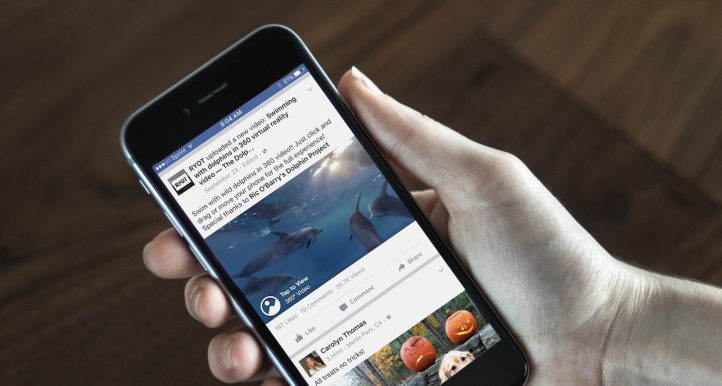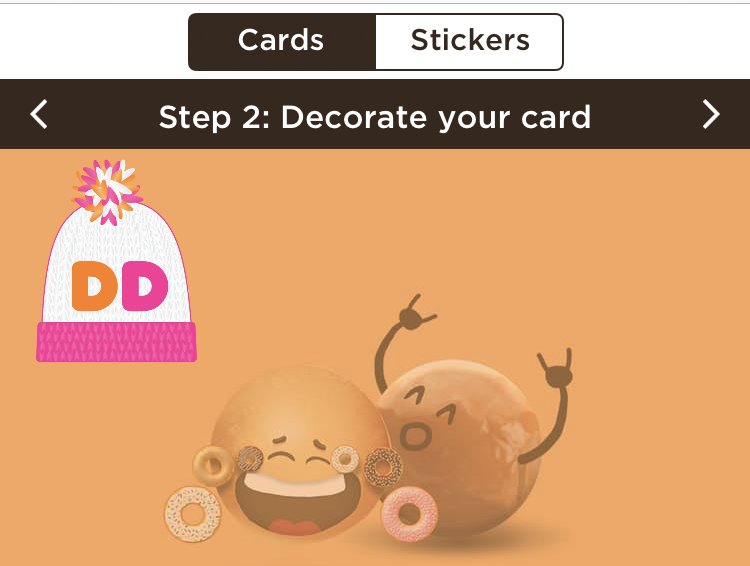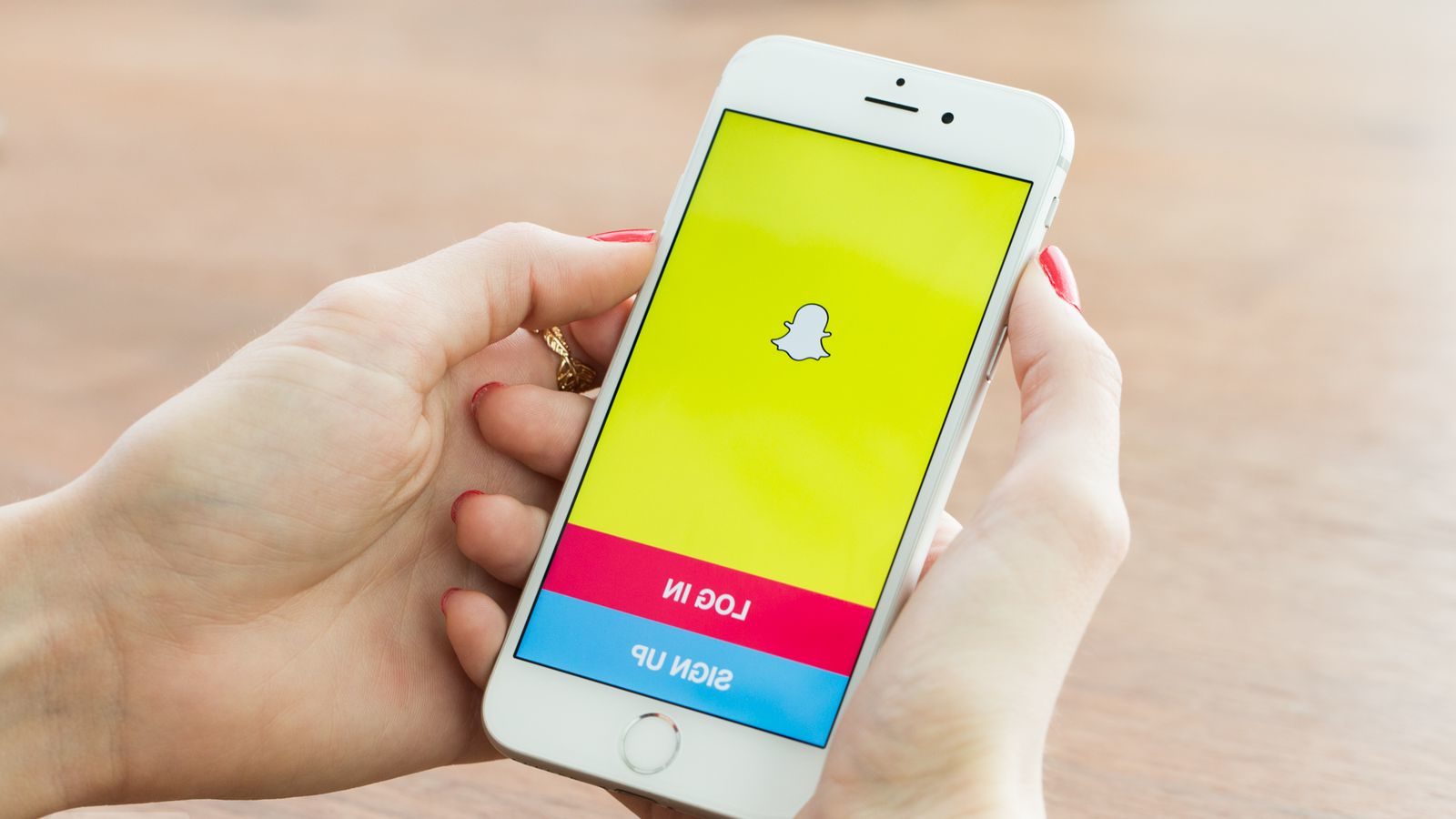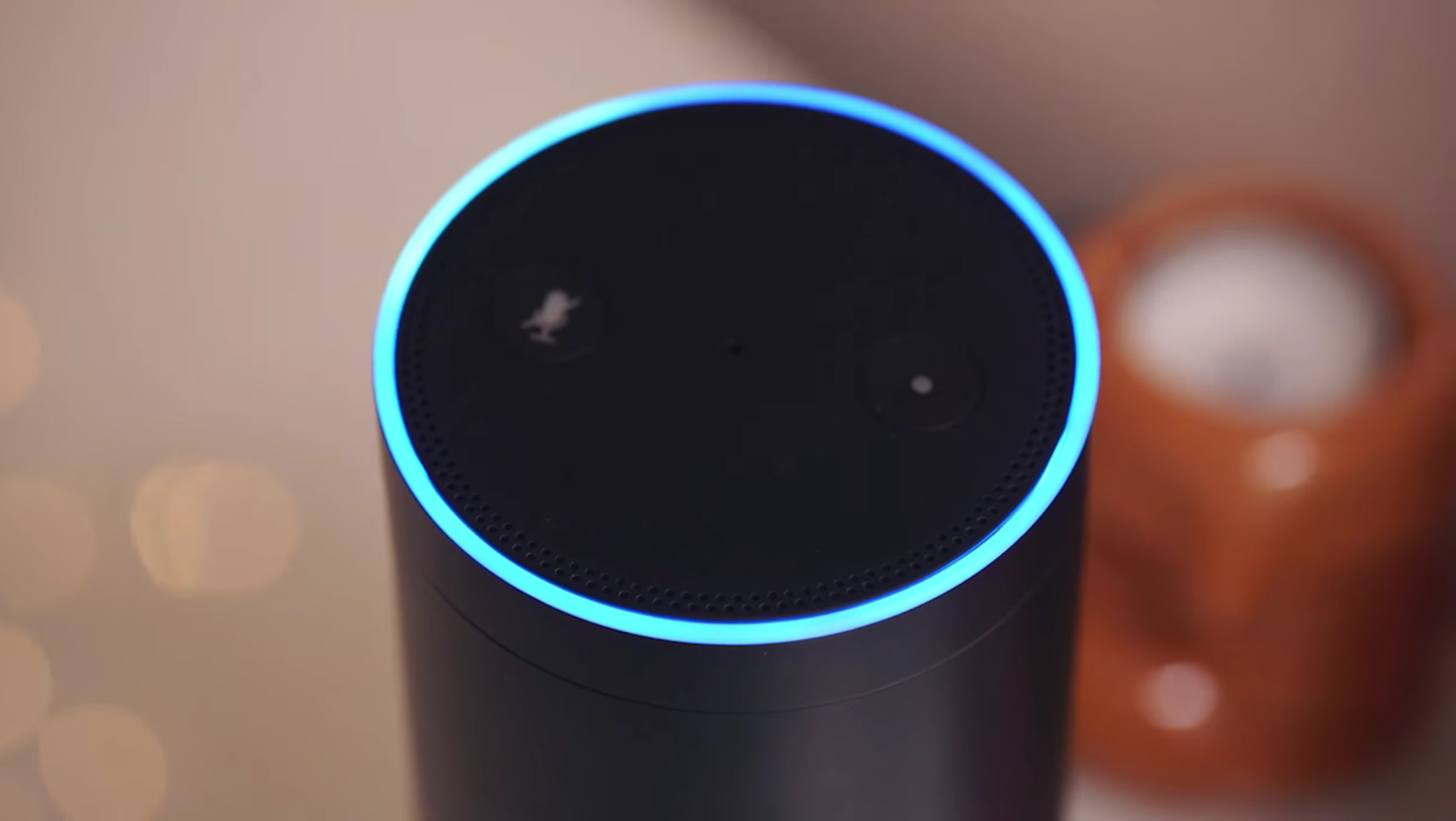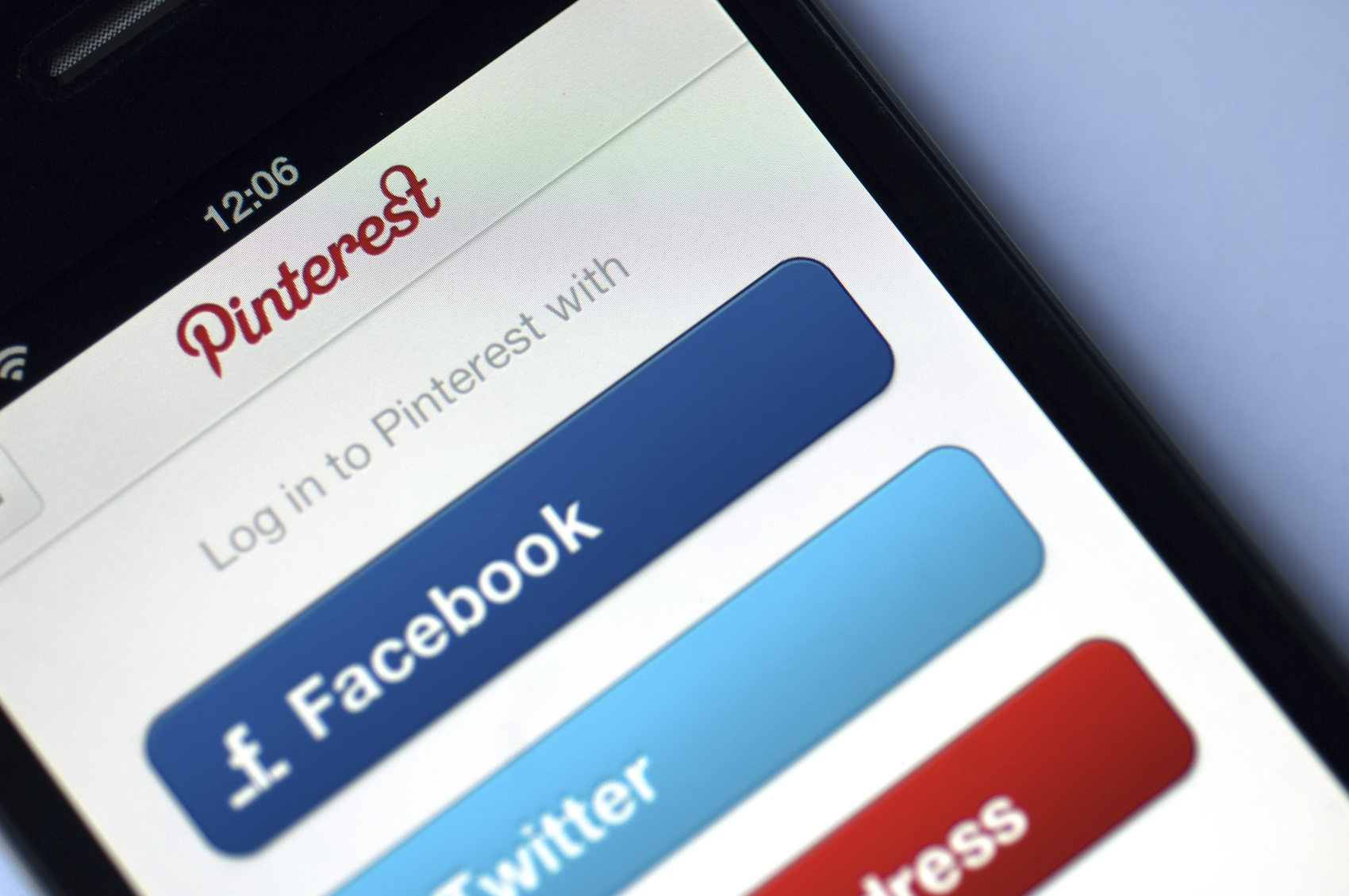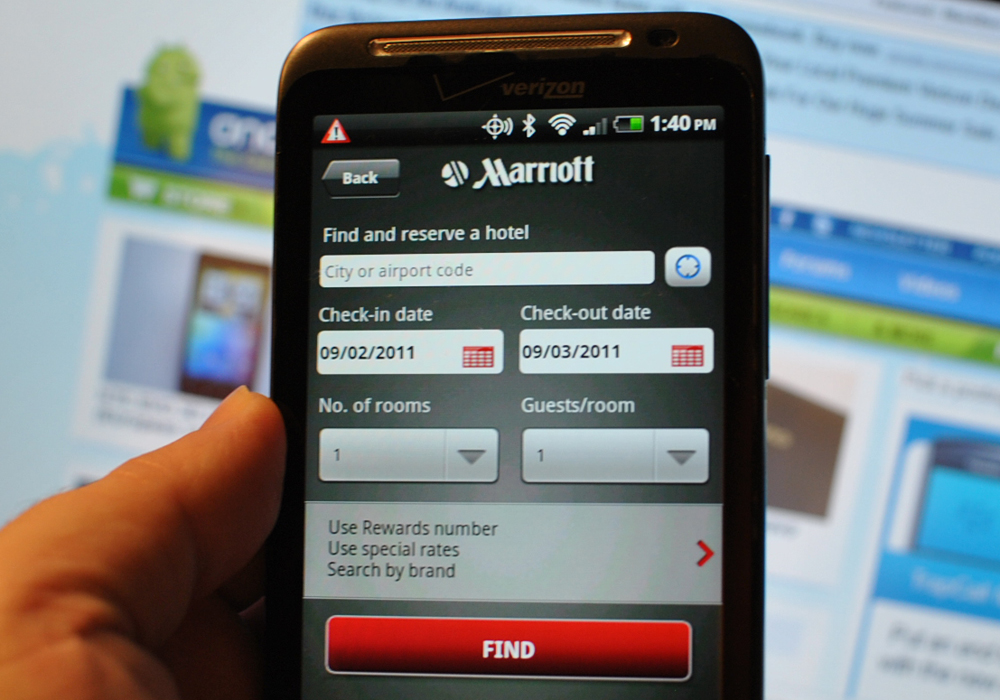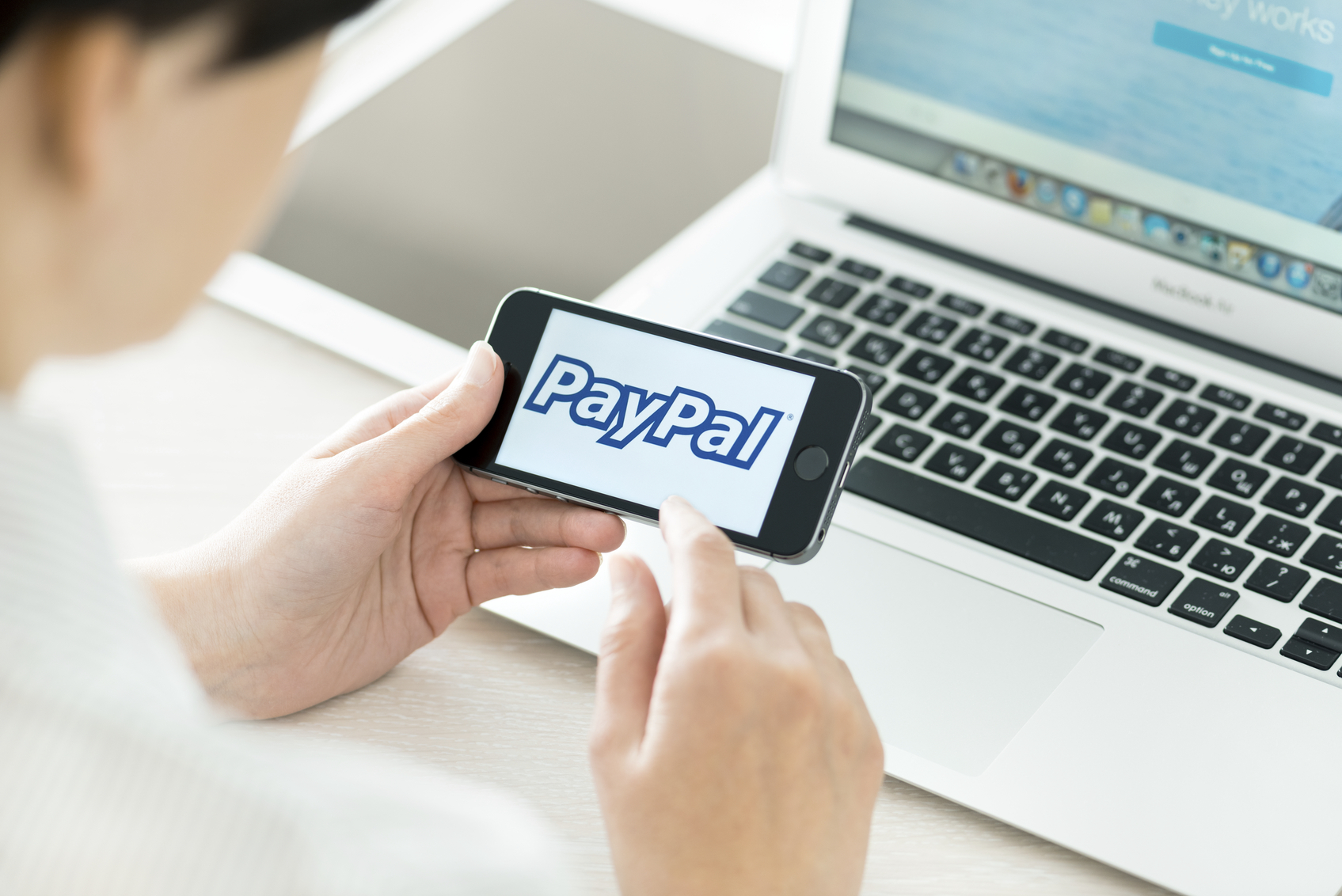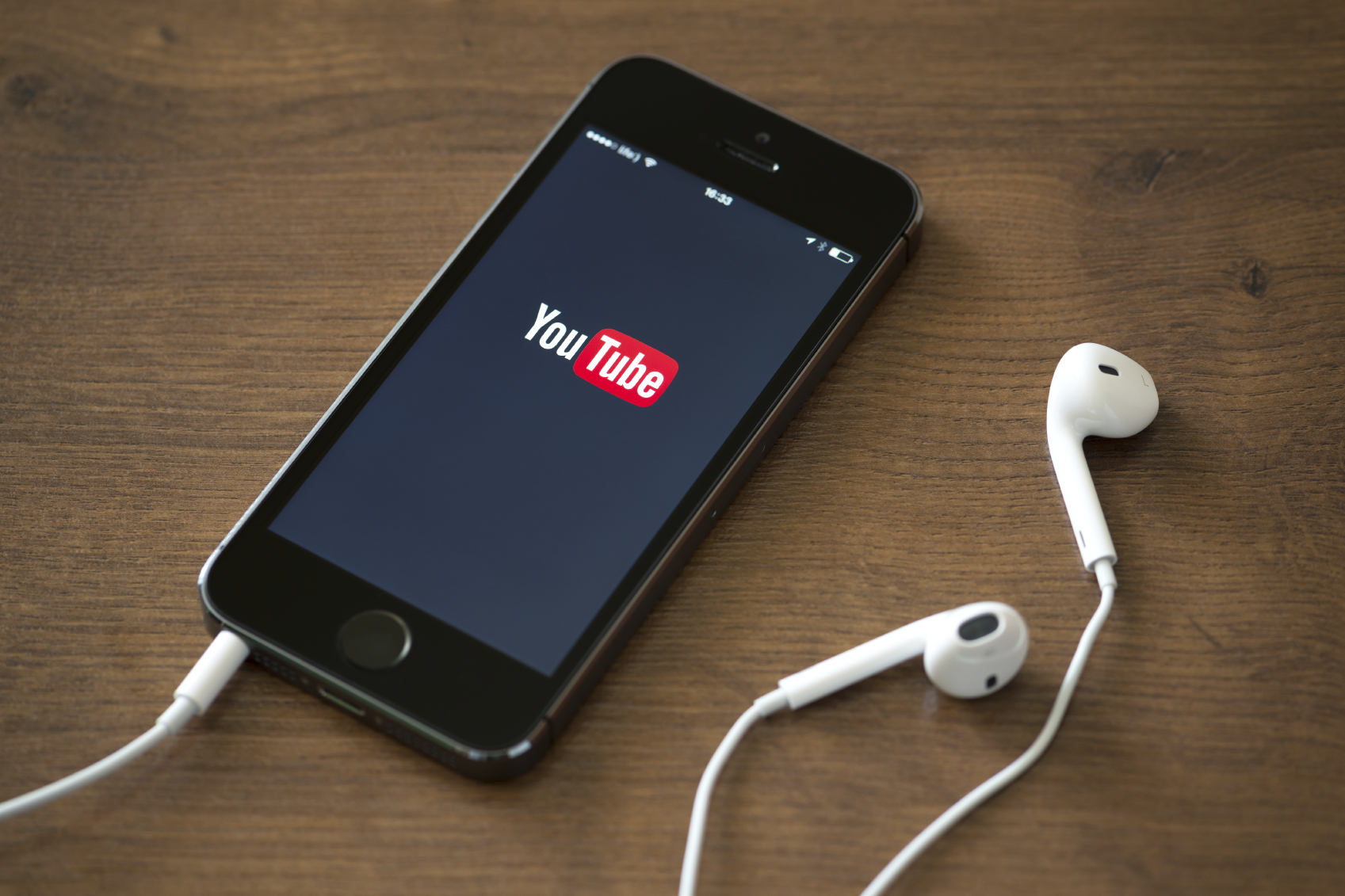What Happened
Following a series of blunders in video ad measurement and performance reporting in the past few months, Facebook announced on Friday that it has Facebook has agreed to let Media Rating Council (MRC), the media industry’s independent measurement monitor, audit the measurements it provides advertisers. In addition to being open to the audit, Facebook will also appease advertisers by offering more granular measurements for display ads, along with new ad buying and payment options for their video ads on its Audience Network ad network, such as only paying for viewers that watched the video with the sound on.
What Brands Need To Do
Facebook has received considerable flak for misreporting its video content performances, and it remains to be seen whether these new initiatives can help repair some of the damage to Facebook’s credibility as a video ad platform. That being said, Facebook still makes a compelling case for itself as a digital video channel, especially as its Live Video start to take off, which Facebook users are spending three times more time watching than non-live videos. As Facebook continues to make amends and improve its accountability, it would be wise for brand marketers to take a cautious and diligent approach to video ads on Facebook.
Source: AdExchanger
